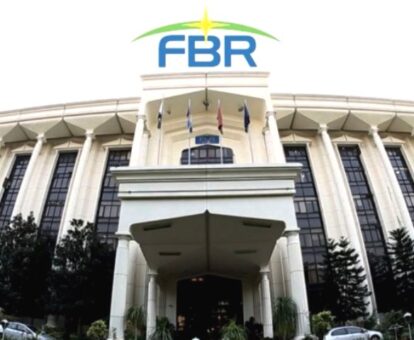Section 219 of Income Tax Ordinance, 2001 now dictates that the amount of tax or refund should be computed to the nearest rupee, with fractions less than fifty paisa disregarded and those equal to or exceeding fifty paisa treated as one rupee.
The Income Tax Ordinance, 2001, has recently been updated up to June 30, 2021, incorporating amendments brought through the Finance Act, 2021. The revision in Section 219 is aimed at bringing greater precision and clarity to tax computations, ensuring a more straightforward and consistent approach in financial transactions under the ordinance.
The text of Section 219 reads: “Tax or refund to be computed to the nearest Rupee.—In the determination of any amount of tax or refund payable under this Ordinance, fractions of a rupee less than fifty paisa shall be disregarded and fractions of a rupee equal to or exceeding fifty paisa shall be treated as one rupee.”
This provision introduces a pragmatic solution to the handling of fractions in tax calculations. Under the revised rule, any fraction of a rupee less than fifty paisa will be ignored, simplifying the computation process and reducing the complexity in tax-related financial transactions. On the other hand, fractions equal to or exceeding fifty paisa will be rounded up to the nearest rupee, providing a more uniform and predictable system.
The impact of this amendment is far-reaching, affecting both taxpayers and the FBR. For taxpayers, the revised rule brings a level of clarity to their financial dealings with the tax authorities. The rounding-off mechanism ensures that the final tax or refund amount is presented in a straightforward manner, eliminating the need for intricate calculations involving fractional amounts.
From the perspective of the FBR, this amendment streamlines tax administration by introducing a standardized approach to rounding off. The uniform treatment of fractions minimizes the scope for errors and inconsistencies in tax computations, contributing to a more efficient and reliable tax system.
Furthermore, the amendment in Section 219 aligns with the global trend of simplifying financial transactions and calculations. Many countries recognize the benefits of rounding off financial amounts to avoid complexity and confusion, fostering a more accessible and user-friendly tax regime.
Industry experts have welcomed this move, noting that it not only reduces the administrative burden on taxpayers but also promotes a more user-centric approach in tax administration. The amendment is seen as a step towards creating a tax system that is not only fair and efficient but also accessible and comprehensible to a wider audience.
The amendment to Section 219 of the Income Tax Ordinance, 2001, signaling the computation of tax or refund to the nearest rupee, represents a pragmatic approach towards simplifying tax calculations. This adjustment is poised to benefit both taxpayers and the FBR, fostering transparency, predictability, and efficiency in financial transactions under the ordinance.
